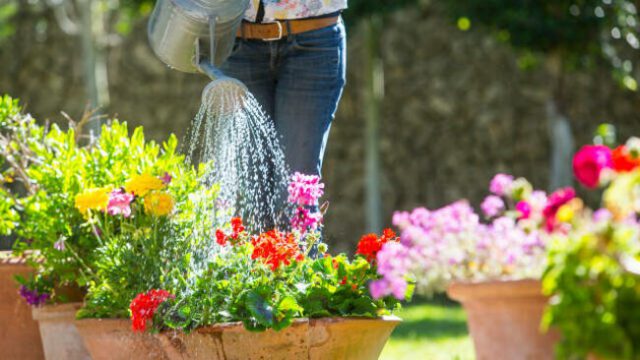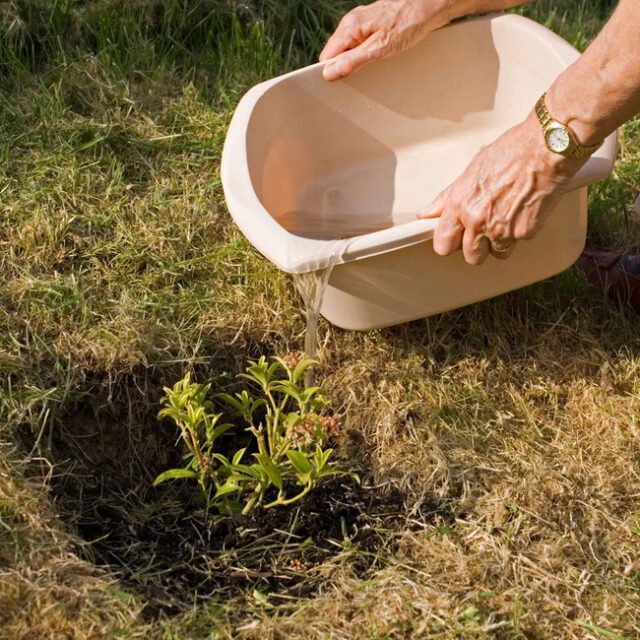
The Royal Horticultural Society (RHS) has highlighted the emergence of rain gardens and bathwater reuse as crucial trends in gardening, particularly in response to anticipated water scarcity stemming from climate change. At prestigious events like the Chelsea Flower Show, where innovation meets aesthetics, gardens dedicated to water conservation take center stage. Notably, the Water Aid garden showcases a pavilion designed for rainwater harvesting, demonstrating the importance of slowing runoff to collect and filter water for both irrigation and consumption. Similarly, the National Autistic Society garden ingeniously channels rainwater away from the main terrace, utilizing natural features like mossy dells to manage excess water during heavy rainfall while nurturing a diverse range of plant species adapted to wet conditions.

Rain gardens, as defined by the RHS, serve as vital tools in mitigating water shortages. These shallow depressions, strategically planted with water-tolerant and drought-resistant flora, efficiently capture and retain rainwater runoff, minimizing the need for supplemental watering. Offering benefits beyond conservation, rain gardens reduce erosion, provide habitat for wildlife, and enhance the overall health of garden ecosystems. Furthermore, as the RHS explores the feasibility of incorporating grey water, such as from bathing and washing up, into gardening practices, the conversation shifts towards sustainable solutions that align with evolving environmental imperatives. Dr. Nicholas Cryer, a senior water scientist at the RHS, underscores the necessity of adopting innovative approaches, emphasizing the potential of greywater recycling as a practical step towards addressing the impending water deficit and fostering conscientious stewardship of precious resources.














